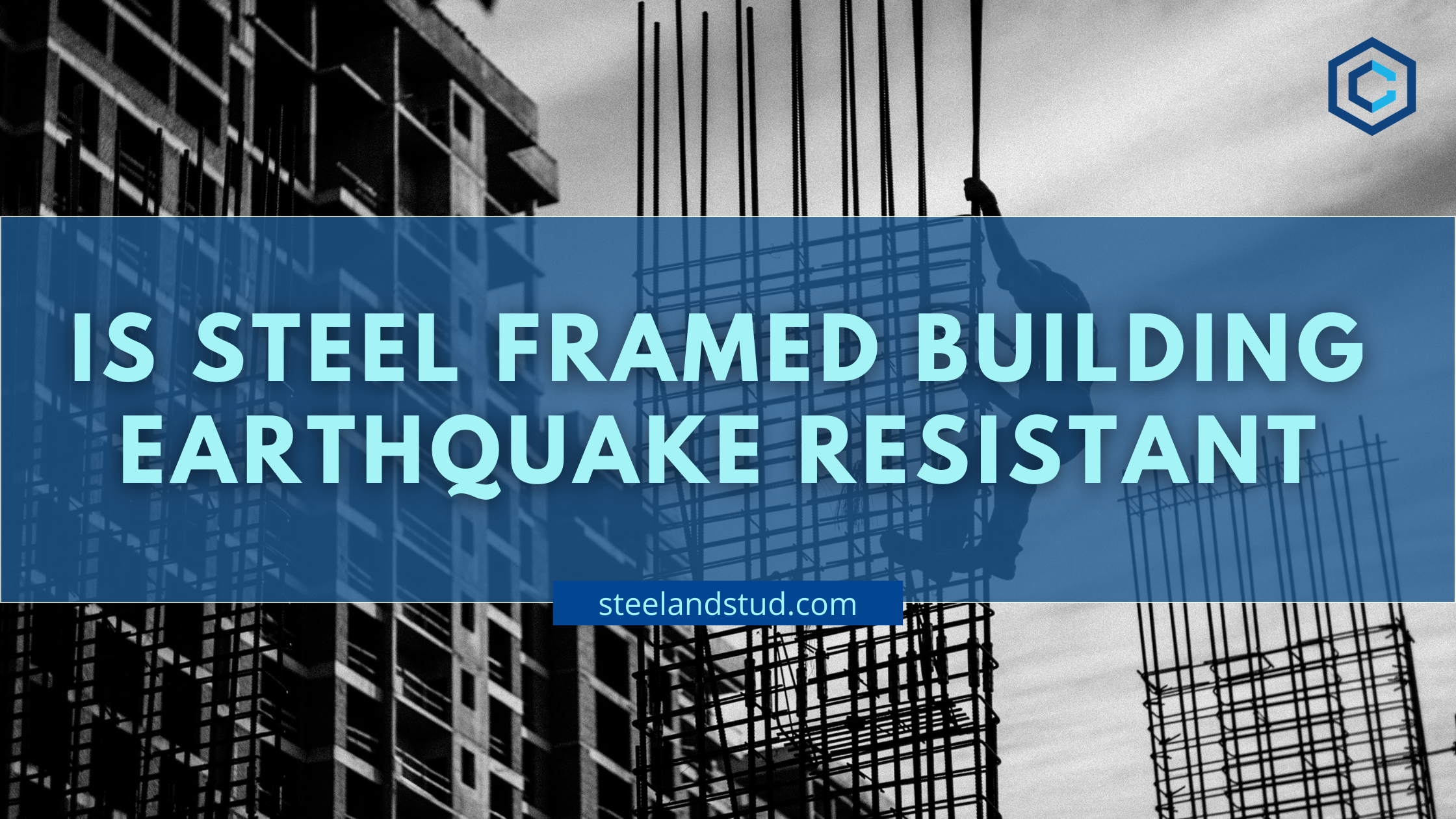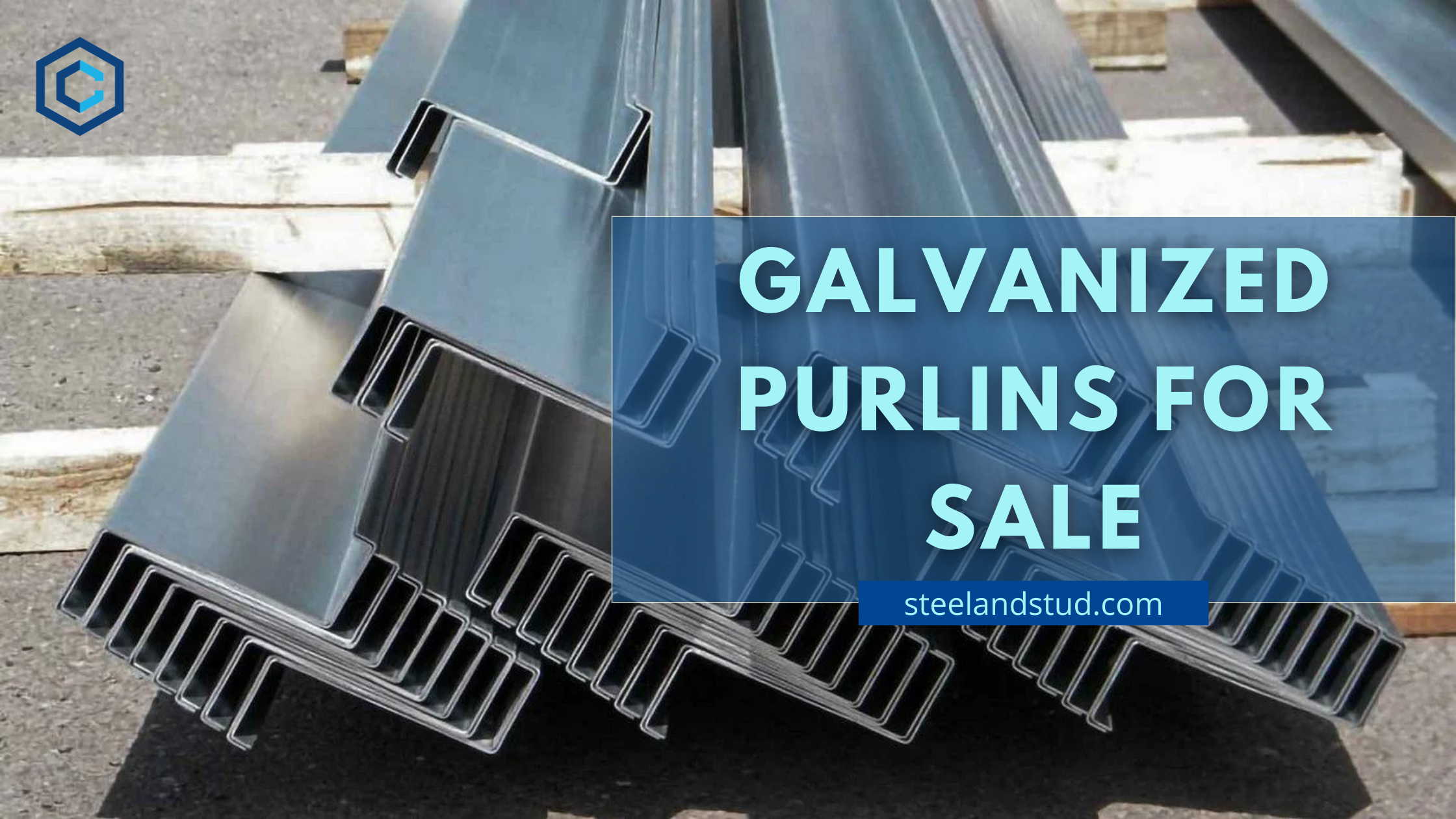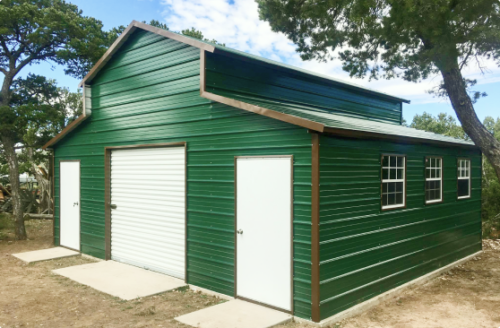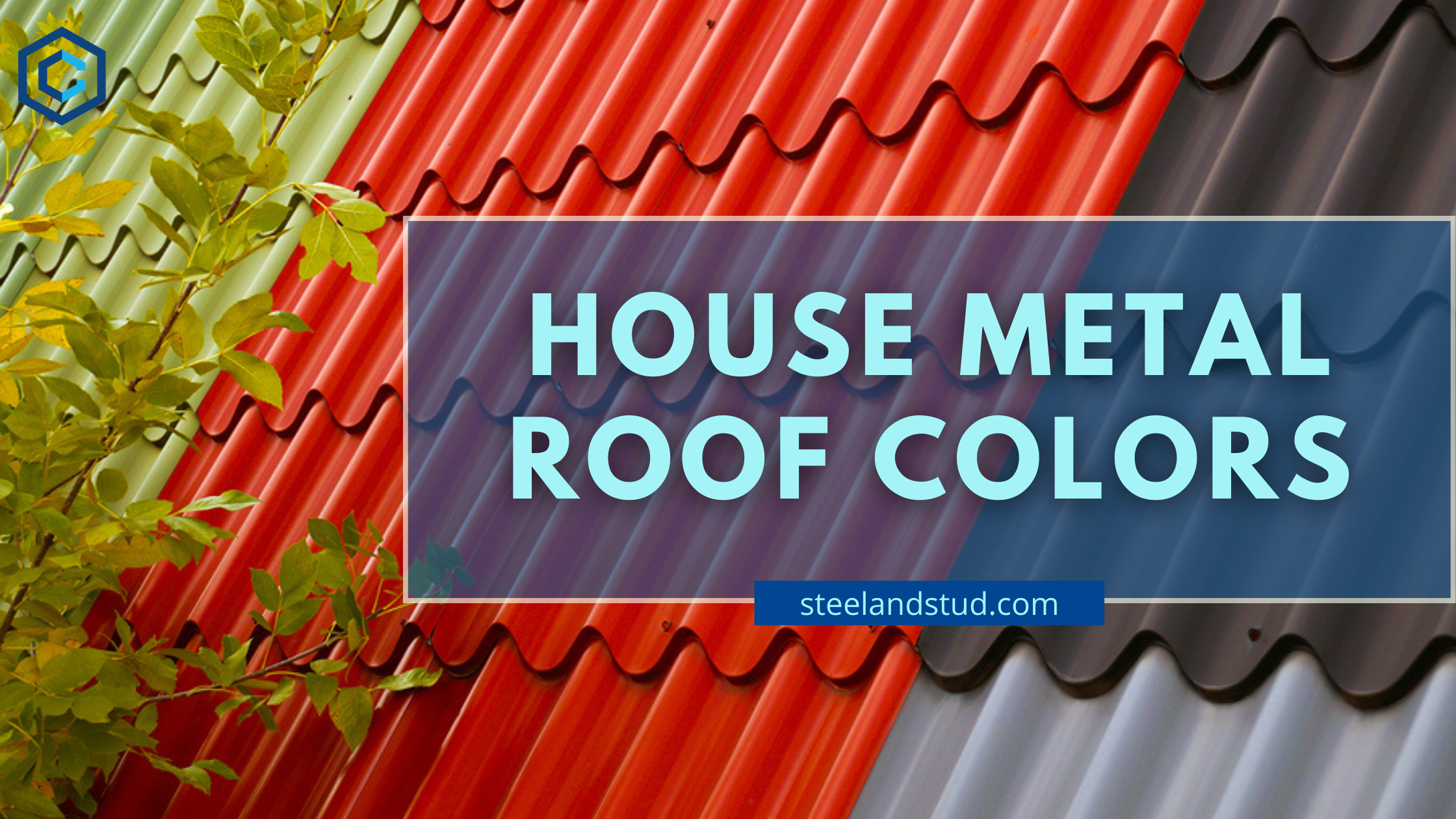
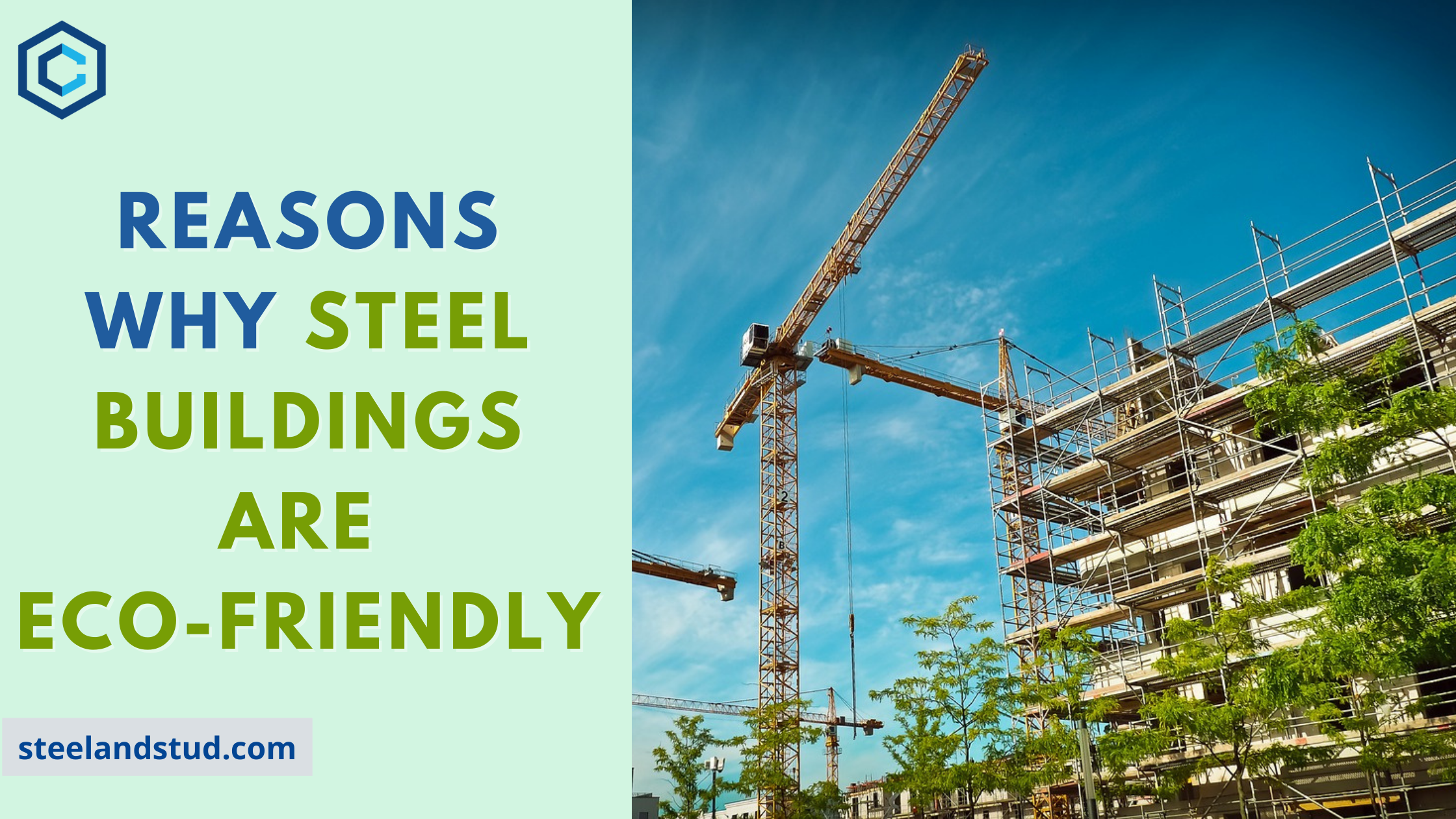
12 Reasons Why Is Steel Environmentally Friendly Option
- Kunal Singh
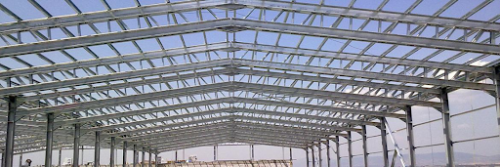
Steel buildings are eco-friendly as they produce less construction waste, reduce energy costs, are durable, substantial, and meet green building standards. Pre-engineered steel buildings are a cohesive metal building system comprising rigid frames, building bracing members, cold-formed steel members, and metal panels on the different types of metal roofs and exterior walls. All building components are manufactured offsite in a controlled environment and shipped to erect the building site.
Over the past decade, the popularity of pre-engineered metal buildings (PEMB) in commercial construction has continued to grow. Building owners can develop faster and more cost-effectively than ever because of the energy and cost efficiencies of PEMBs. Pre-engineered metal buildings have been ascertained to be an ideal solution for a wide array of projects, from industrial facilities and warehouses to restaurants and medical offices. Due to their ecological friendliness, prefabricated steel buildings have become increasingly popular.
In all stages of design and construction, sustainability is integrated. Moreover, modern pre-engineered steel construction has gained popularity in various green building projects. A sustainable or green building considers the building’s environmental impact, construction, lifecycle, and ultimate demolition. It works to reduce this impact through eco-friendly building materials, innovative building design, energy efficiency, and an excellent indoor environment. Using higher SRI value painted steel helps maintain the temperatures cooler.
Let us go through the various reasons that prove that steel framing buildings are eco-friendly.
1. Eco-Friendly Steel Building Produce Lower Construction Waste

- One of the fundamental reasons steel is an environmentally-friendly building material is that it’s among the most recyclable, and its nature translates to shorter construction timeframes and less steel waste.
- Since steel buildings are custom-designed to fit your structure, there is little to no leftover waste produced after construction is completed.
- In contrast, wooden material arrives in bundles on-site and is cut as needed, leaving excessive scrap wood pieces in the dumpster.
- If we compare in percentage, then wood may have up to 20% waste on a job site, while steel has roughly 2%. It is 98% recyclable, and you can recycle it repeatedly, an excellent showcase of its lifecycle efficiency.
Also, don’t forget to read – Why Steel Is The Best Material for Buildings.
2. Metal Buildings Reduce Overall Energy Costs
- Steel is known to be the most durable building material in the world, apart from exotic metals like titanium.
- Steel, as a strong material, can support thicker layers of metal building insulation without compromising the structural integrity.
- Thicker insulation ensures that the temperature of your building remains relaxing by not letting out heat in the winter or air cooling in the summer.
- It will help you save money on your energy bill since you are not losing temperature, whether cold or hot.
- Similarly in the steel building industry, cool metal building paint colors are the trend. These colors being applied on the panels will reflect the sun’s heat to the surrounding areas and not directly within the building.
- This helps in reducing the overall energy. At Steel and Stud, we carefully apply these cool paint metal building colors to our straight-wall roof panels.
- Such a unique combination with the roof slope reduces energy cost and consumption. It follows solar reflectivity, which helps in maintaining colors.
3. Solar Power Options Are Easy to Add-on

- Solar panels are heavy, and all building construction materials can not bear them. As steel building is strong and supports thick layers of insulation, it can also handle more weight of the solar panels.
- Solar panels help you create your energy, reducing your energy bill. If your steel structure has a granular coated or pre-painted metal roof, the created solar energy will be reflected and re-emit solar heat, resulting in further energy savings on heating and cooling costs.
- It is easy to implement solar energy, wind turbines, geothermal heat pumps, and other eco-friendly, energy-efficient elements on your metal roof is easy.
4. Steel is Sustainable
- Steel is a very sustainable material, ensuring it can last a long time. Unlike other materials, steel buildings often do not need complicated elements.
- This plays an important role in ensuring that steel can be effectively built.
- Considering the fact that these are sustainable, they also contribute towards saving energy.
- Moreover, recycling steel is also far easier which also prevents any material waste.
5. Daylighting
- One of the major benefits of metal buildings is that they offer design flexibility.
- Such flexibility plays an important role in properly placing the windows and LTP panels.
- Therefore, the chances of maximizing the presence of natural lighting with eco friendly steel buildings increase.
- As a result, you wouldn’t have to use electricity, which can play an important role in saving money.
6. Eco-friendly Production Process
- The steel companies are responsible for working hard so that they can produce more energy-efficient plants.
- These eventually play an important role in reducing emissions, too.
- Over the years, these big steel companies have been successful in doing that.
- Building a metal building with steel frames is a lot easier as you can easily come across zero carbon emissions.
- Moreover, the process of laying down metal buildings is far more energy efficient than wooden construction.
7. Responsible Material Usage
- Metal buildings usually follow a very responsible process for material usage.
- Since the engineers closely monitor the Life Cycle Assessment and Environmental Product Declarations, they care how much the metal buildings would impact.
- The information obtained from LCA and EPD can be helpful.
- It is advisable to prefabricate the components because it will also reduce extra wastage around the installation sites.
8. Flexibility and Adaptability
- Unlike its counterparts, steel buildings often provide the benefit of flexibility and adaptability.
- Constructing steel buildings in your property can be quite flexible especially if you plan to expand the structure in future.
- The strength of the steel buildings allow the additions of floors, alterations across the layout and more to ensure it is a sustainable investment for the future.
- Furthermore, the Steel and Stud buildings are very popular for their remarkable versatility especially in terms of offering customization as they can be turned into residential complexes, warehouses and other architectural masterpieces.
9. Steel Buildings are Strong and Last For A Long Time
- Whenever a building requires renovations, a reasonable amount of energy is spent. Energy is expended in everything, whether in getting the renovation equipment and structures to the site or the actual renovation process.
- Steel buildings are eco-friendly structures requiring minor renovations or metal building care.
- Pre-engineered steel buildings’ design allows them to resist various natural elements such as high winds, earthquakes, heavy snow, rainfall, and more. Steel buildings are resistant to termites and other destructive insects.
- Steel is a noncombustible material, making it impossible to catch on fire when subjected to extreme heat. Due to all of these resistant features, the lifespan of steel-framed buildings is for a long time and is durable and strong enough.
10. Pre Engineered Steel Buildings Complies with"Green Building" Standards and Codes

- Everyone knows that a steel-framed building is durable and can withstand many destructive elements. A metal building project will yield a high return on your monetary investment thanks to its structural strength, low maintenance requirements, and energy efficiency.
- Metal buildings meet the green building codes and sustainability standards, making steel popular construction material. The popularity of steel will keep growing as more cities mandate sustainable green standards for new construction projects.
There are two leading green construction certifying companies:
1) National Green Building Program, which focuses on residential buildings.
2) US Green Building Council focuses on commercial and residential buildings.
This material fulfills the prerequisites for the country’s leading green construction agencies: The leadership in Energy and Environmental Design(LEED) program by the US Green Building Council and the National Green Building Program.
Likewise, Steel and Stud’s metal buildings adhere to all these green standards and contributes to earn the following credits:
Sustainable Sites
- The metal buildings have a pre-engineered design, which causes less to no disruptions at the worksite.
- Moreover, the components have custom engineering at the facility, which ensures that the metal buildings are available with ready-to-install facilities.
- Therefore, the need to do extra work at the construction facility would be less. It also provides the benefit of safe work within less time.
- If you install a cool metal roof, it can also have a positive impact that will lower the urban heat island impact.
Materials and Resources
- The LEED buildings play an important role in reducing waste as they help to recycle, reduce, and recover metal building materials.
- As these are pre-engineered, the design often helps to lower overall waste.
Energy and Atmosphere
- The metal buildings can be easily constructed within the energy-efficient envelope.
- However, such design would often cater to better energy efficiency because of lower air leakage, high performance of accessories, and proper insulation.
11. No Costly Insecticide treatment is required
Termites, wood ants, mice, rats, and mold naturally attract wood and other organic materials. For these voracious pests to be discouraged, lumber must be treated with strong chemicals that could be pretty expensive.
The structure and the surrounding ground need frequent, costly insecticide treatments, whereas inorganic steel cannot attract termites and mold. No chemical treatments are required unless your steel structure has wood products.
12. Lighter Carbon Footprint While Construction
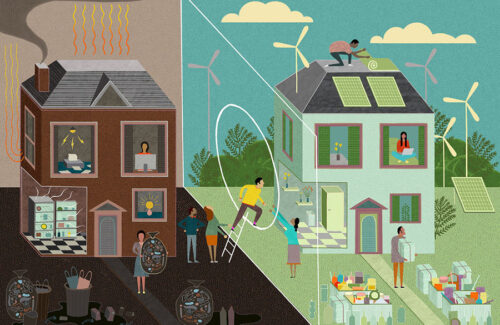
- Metal Building needs shallow foundations because it is a less heavy material when compared with stone, wood, or concrete.
- While building the metal building, you need to do it in such a way that there is a chance to install various highly renewable energy sources which can help to lower carbon footprint.
- It could range from wind turbines to solar panels.
- Installing these renewable energy sources around your metal building will help to lower the environmental impact of the building, which will also help to make the building more eco-friendly.
- As steel does not require such deep foundations, it reduces the time spent on construction, excavation, and heavy machinery, which contributes to a lighter carbon footprint and makes reclamation less labor-intensive and carbon-intensive.
- Thus, the proper placement of skylights, walls and domes during the installation process will help to maximize sunlight while reducing the need to use electricity during the day thereby helping save energy and high electricity bills.
- Also, these structures can also help to improve metal building efficiency while reducing additional carbon footprint.
Conclusion
Steel is known to be a durable, pocket-friendly, and eco friendly building material.It may cost you more to construct a steel building, but it saves money in the long run as it requires little or no maintenance.
So, if your next building project is a steel building, Steel and Stud is one of the best construction companies. We sell the highest quality prefabricated steel building kit at reasonable prices. We also provide the service of installing the structure for you. Get in touch with one of our friendly sales representatives and bring your vision to life.
Frequently Asked Question
- On an annual basis, it is estimated that around 80% of steel waste is obtained and recycled.
- Recycling steel ensures that it can be useful in countries with a poor economy.
- Steel buildings can last longer because they mature and do not deteriorate.
- Furthermore, they are usually built-in light, open, and airy spaces, ensuring the interiors can be easily changed.
- Longevity eventually ensures better sustainability.
- Steel buildings are safe and faster to construct. Most steel buildings are prefabricated or pre-engineered, ensuring no waste is created around them.
- Furthermore, its fast construction process ensures less disruption, less cost, quick returns and a better strength-to-weight ratio.
- Compared to other building materials like aluminum, steel is more efficient as it emits less carbon dioxide while using less energy.
- Installing a metal structure that is made from eco-friendly materials like steel helps you ensure that you’re taking part in the eco-friendly movement.
- Yes, metal buildings are very efficient for the environment, providing better flexibility.
- They are also sustainable and can last a long time. They are recyclable and produce lower construction waste.
- The carbon footprint of steel buildings will completely depend on various factors.
- Usually, the average emissions per tons is around 0.76 tonnes.
- Steel offers a better carbon footprint than other materials.
- The sustainability of steel in terms of metal building is in respect of economic basis.
- It is fast and efficient to construct.

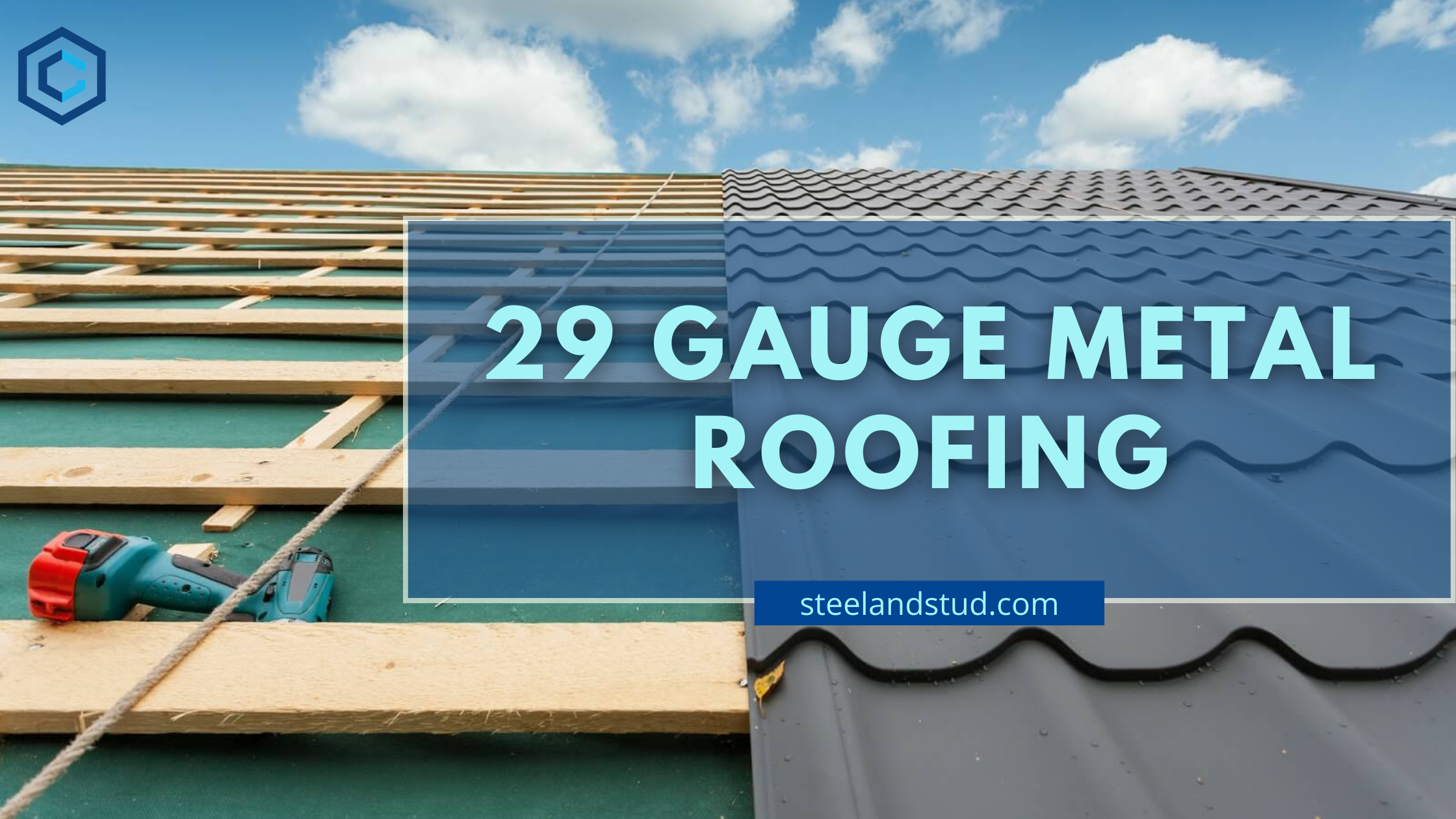
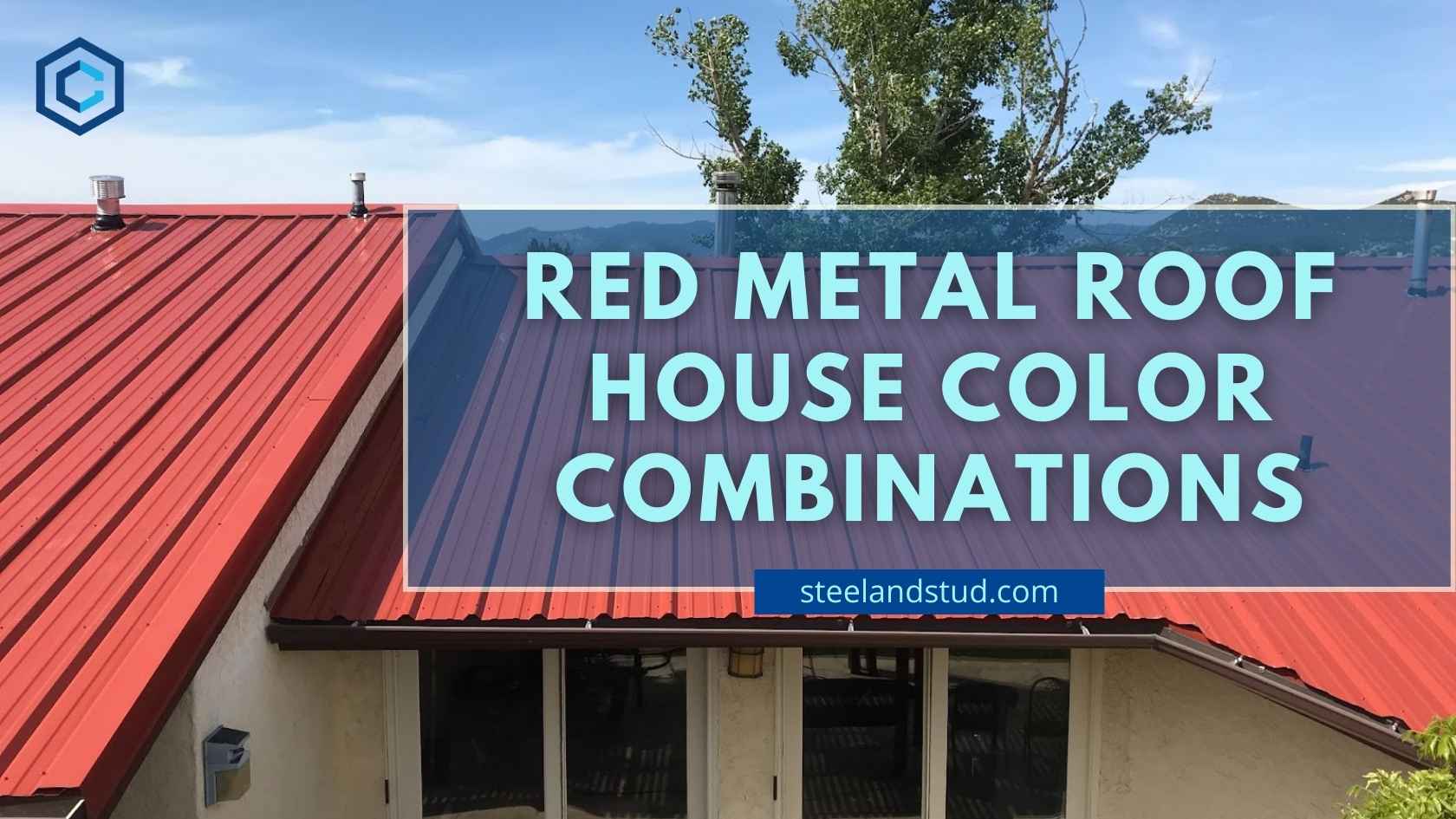
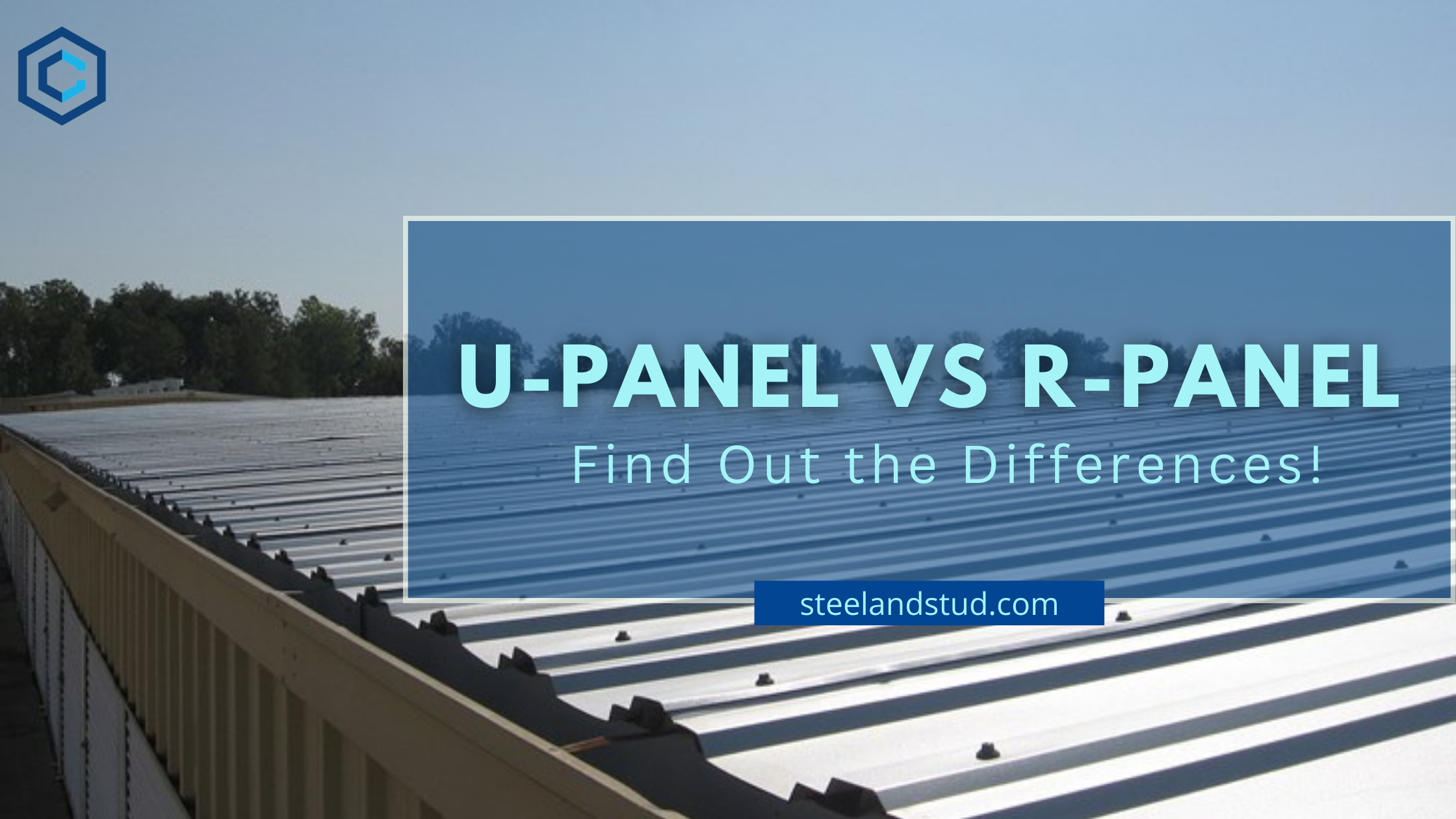
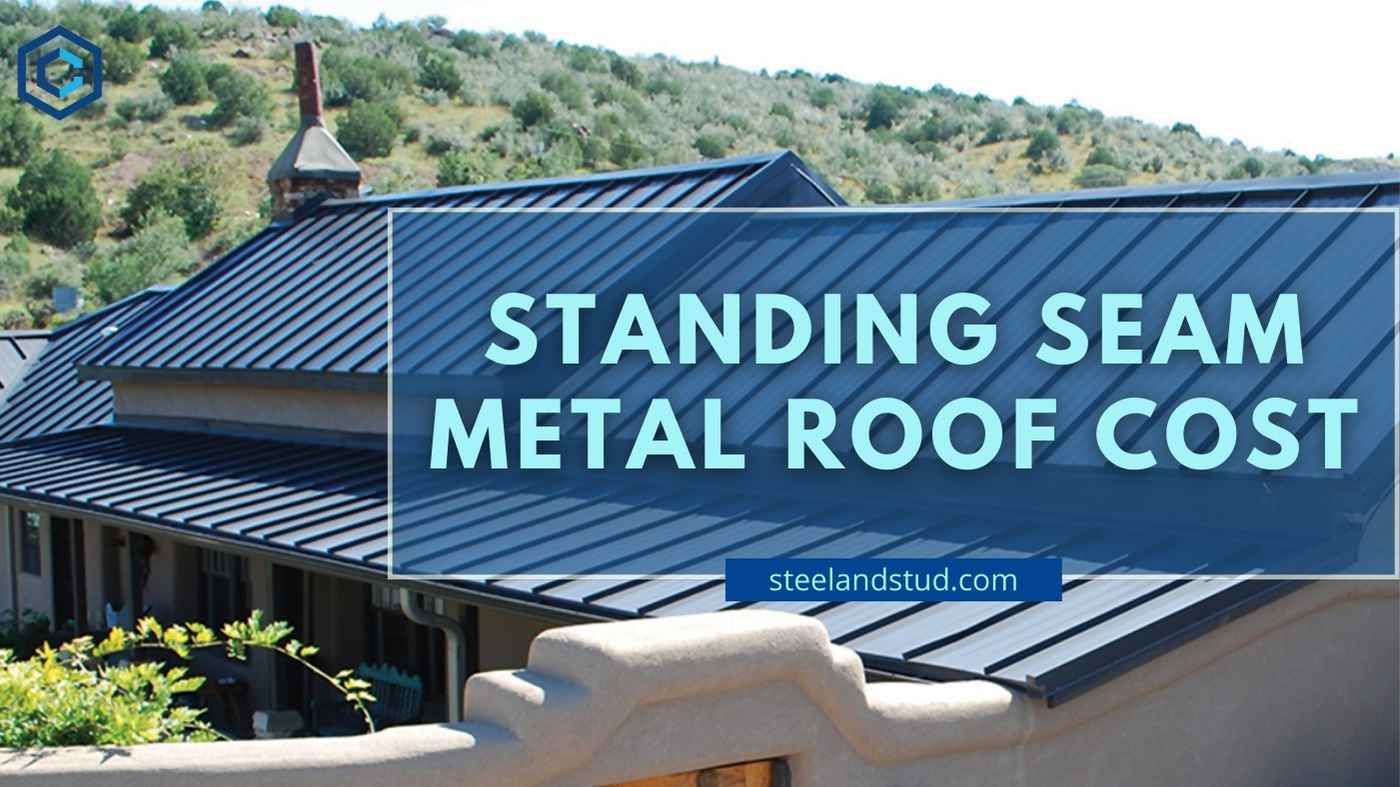
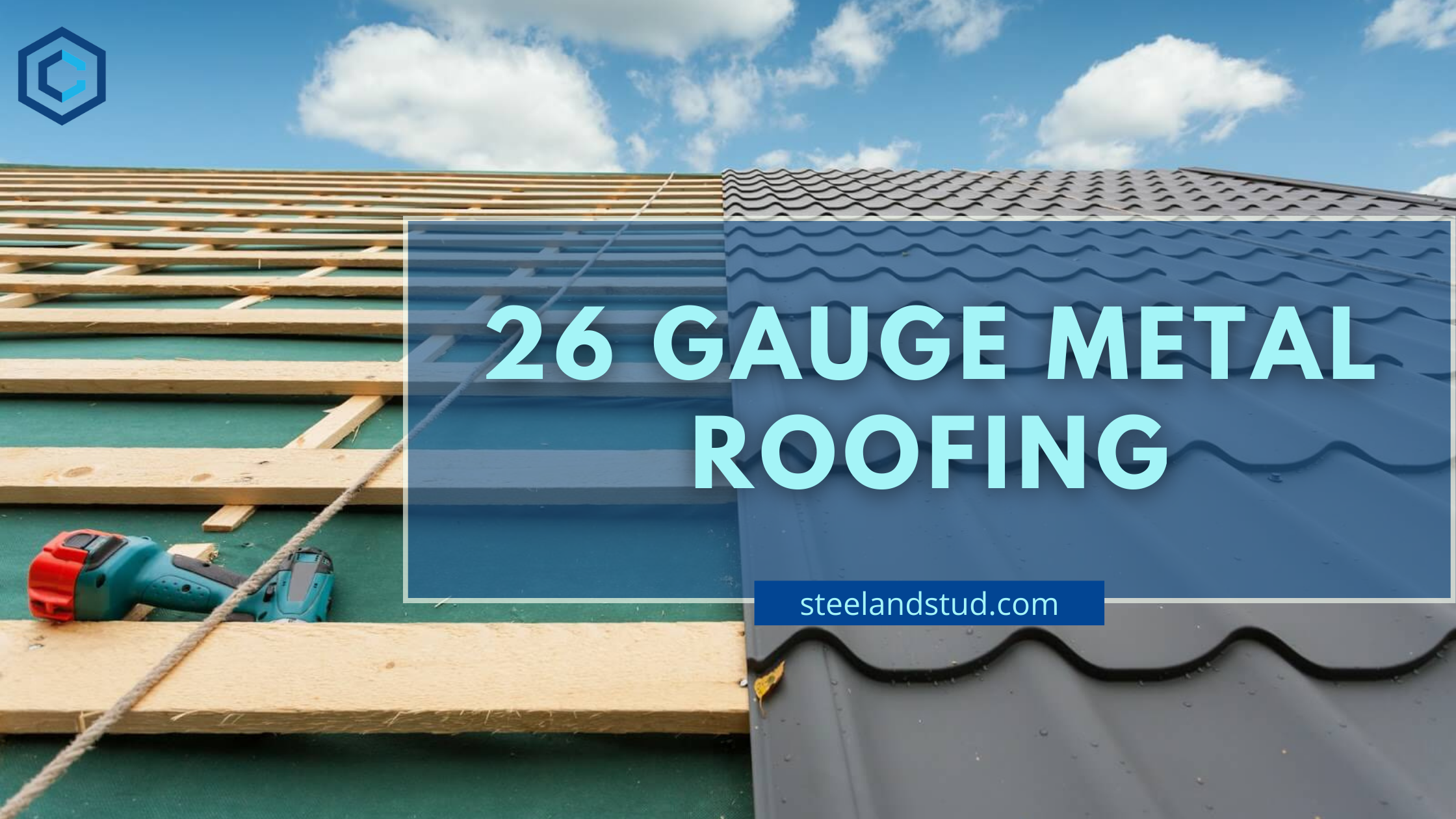
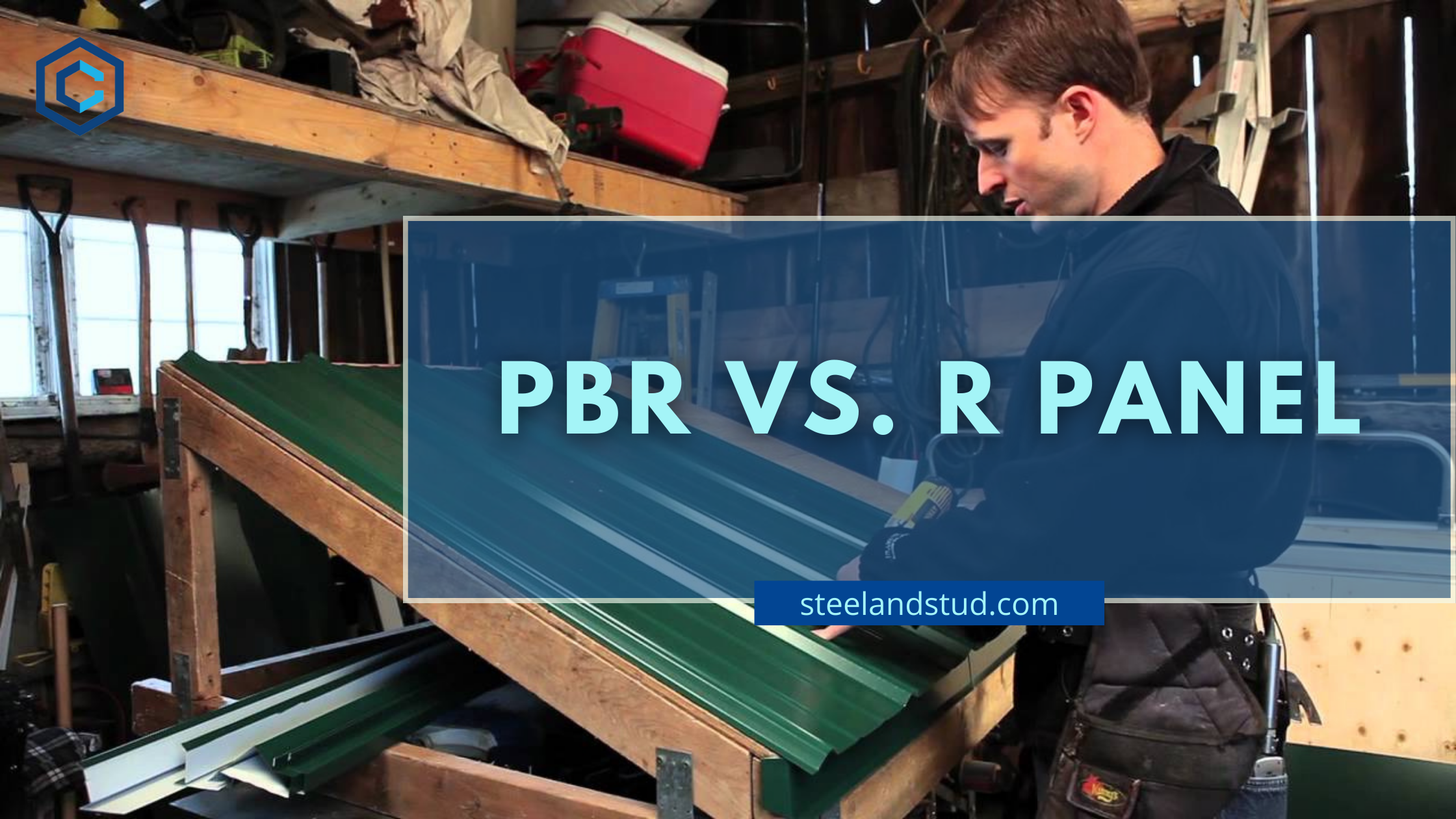
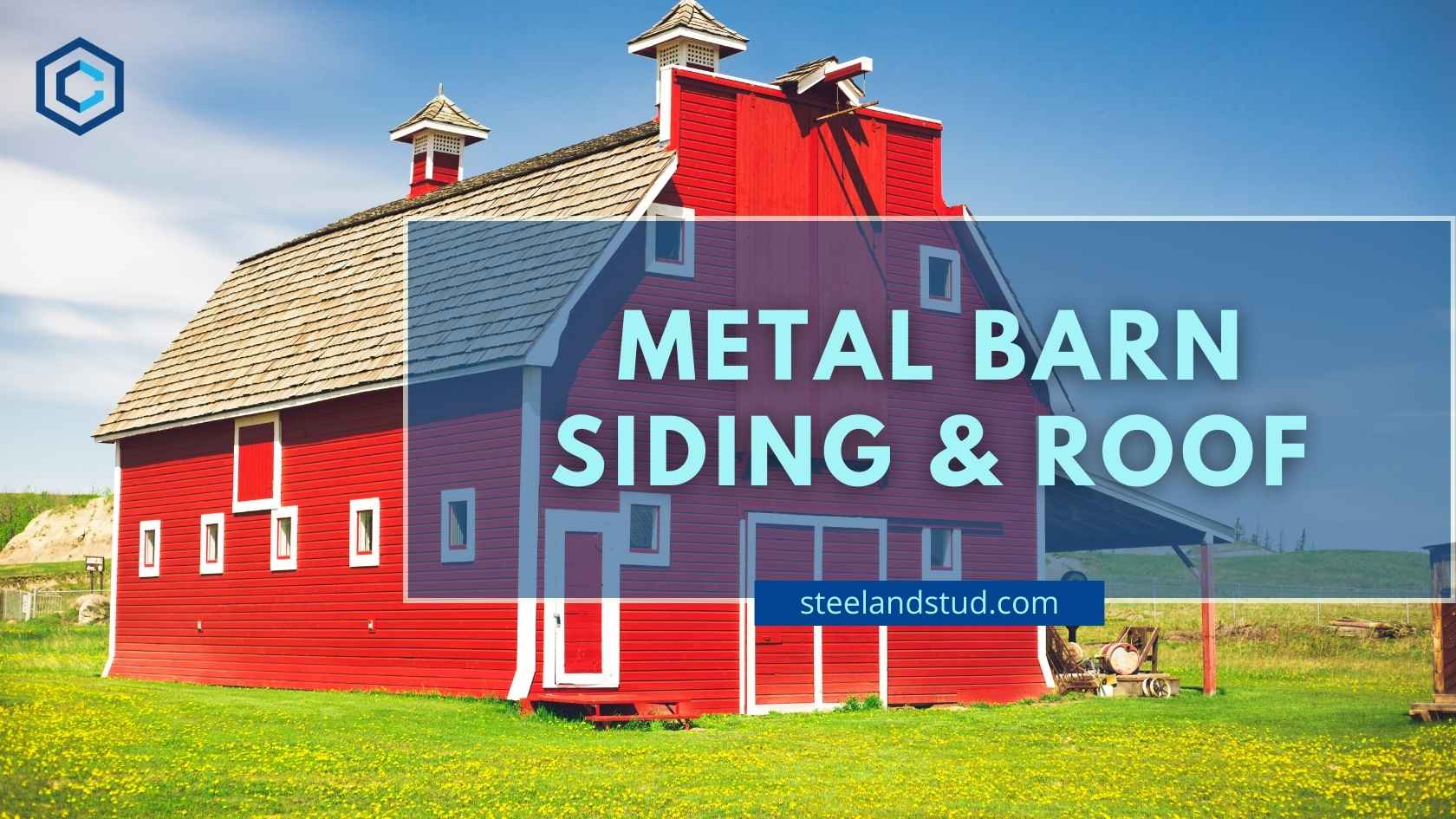
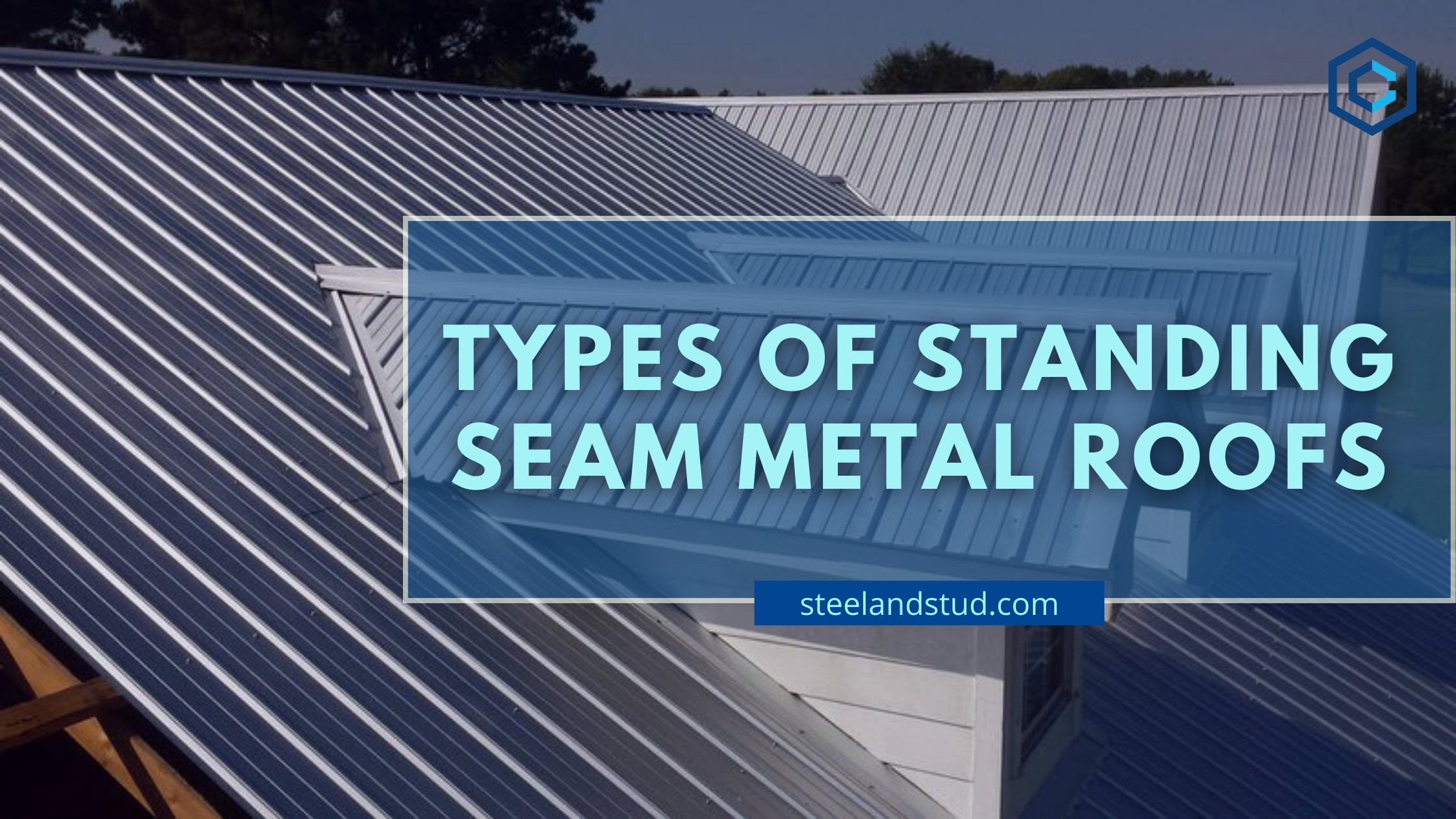
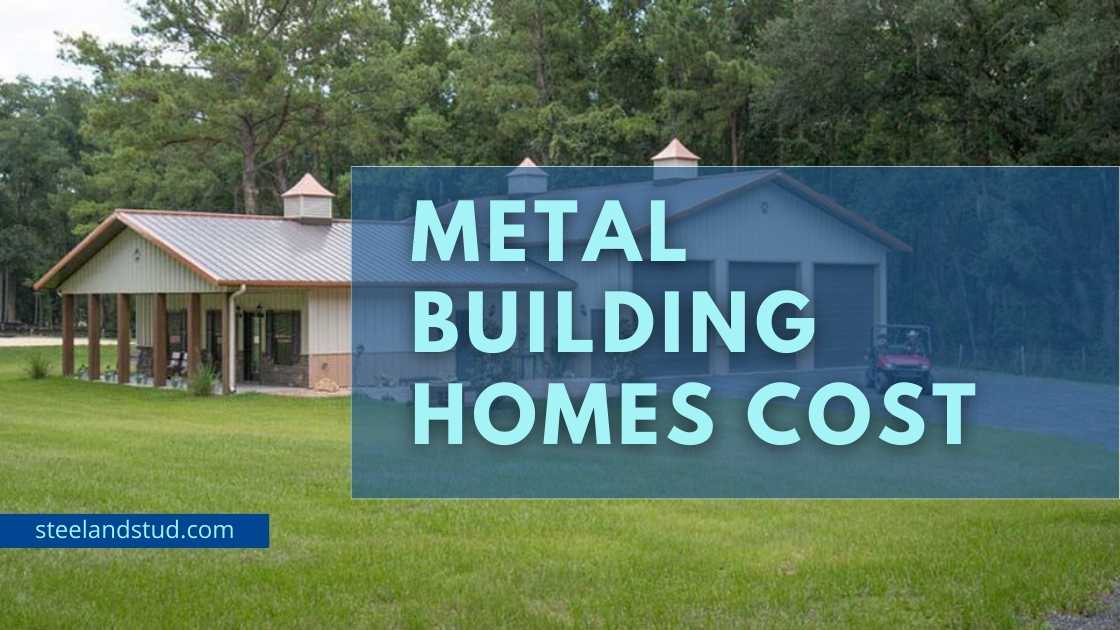
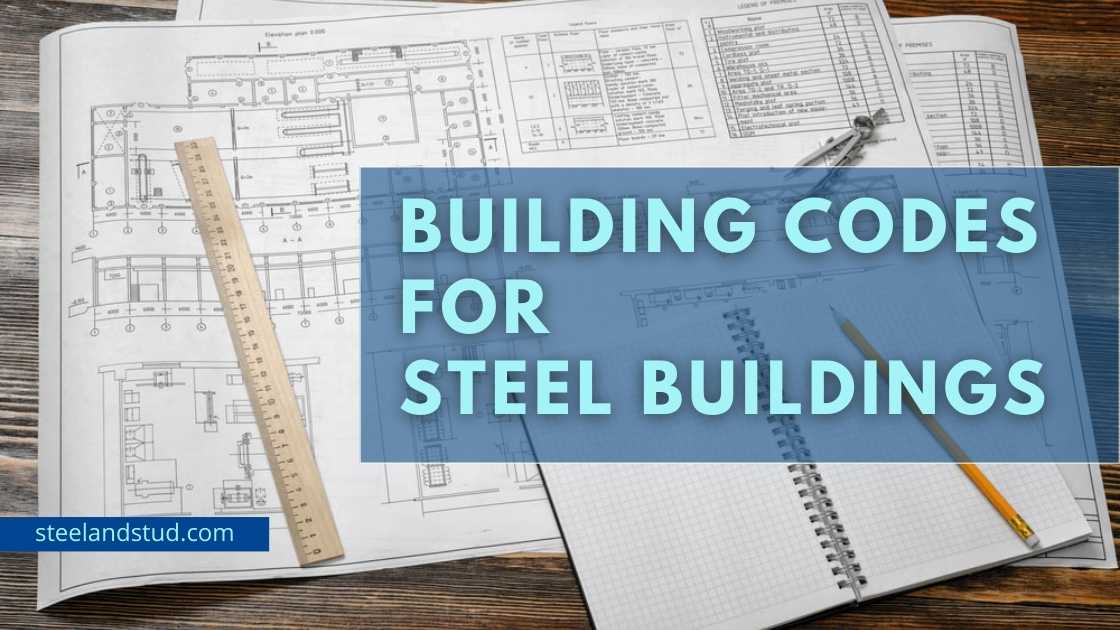

Indoor Riding Arenas: Types, Features, Benefits, and Cost
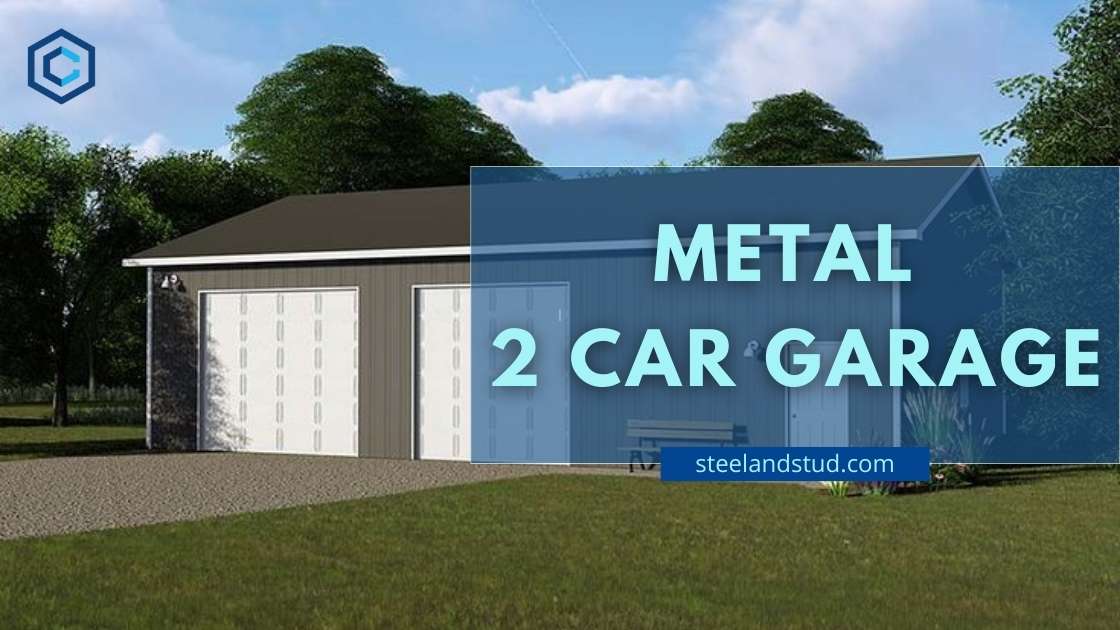
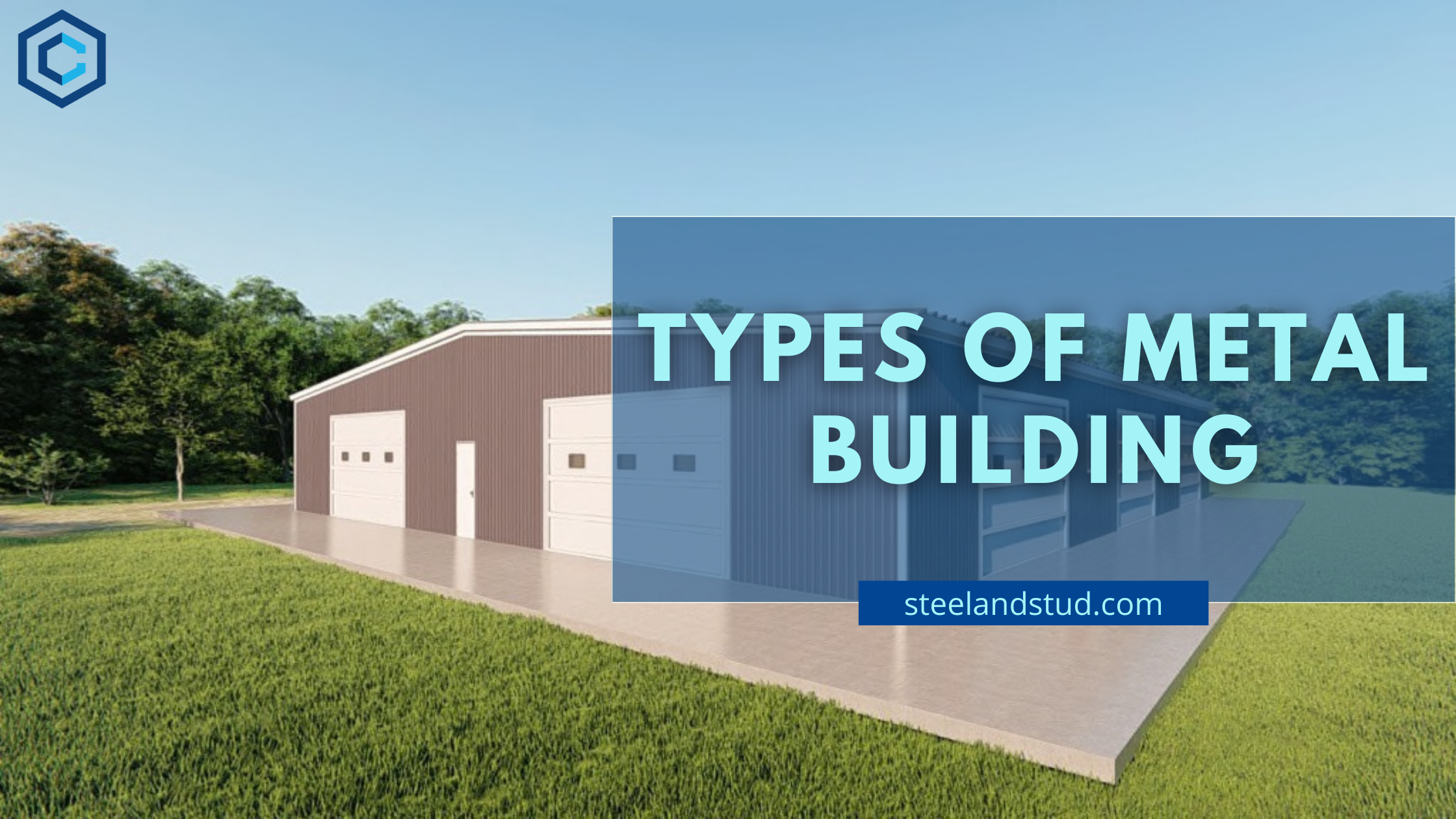
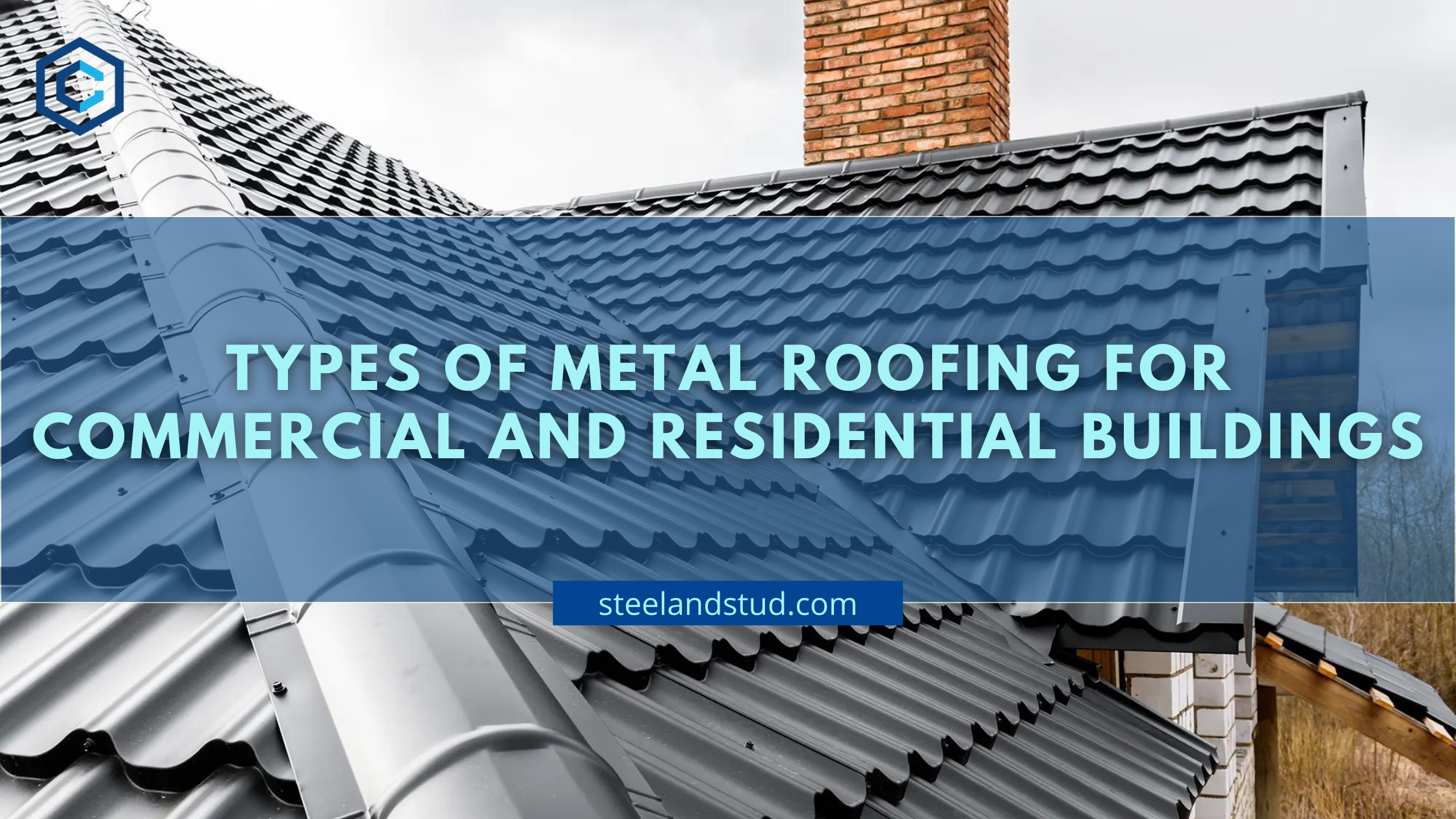
Different Types of Metal Roofing for Commercial and Residential Buildings
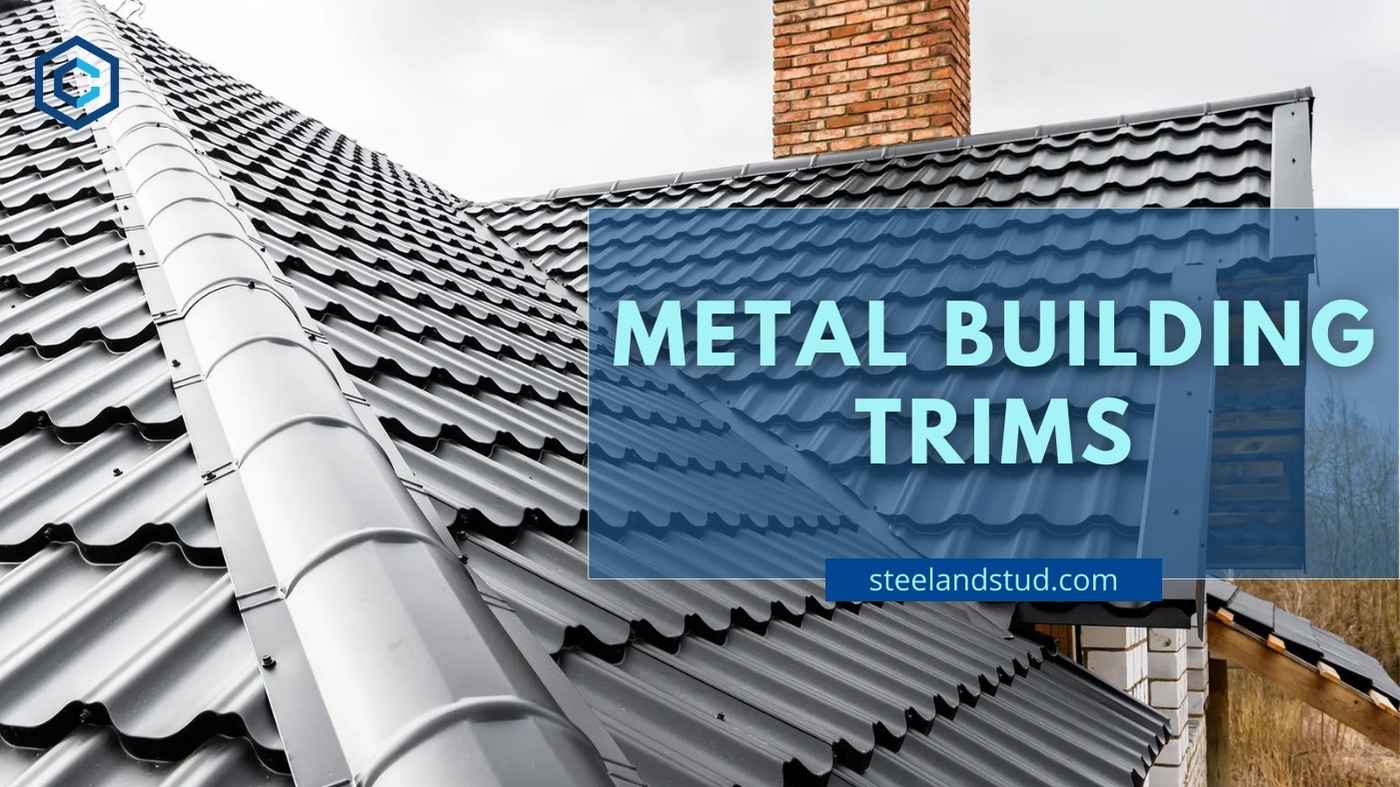
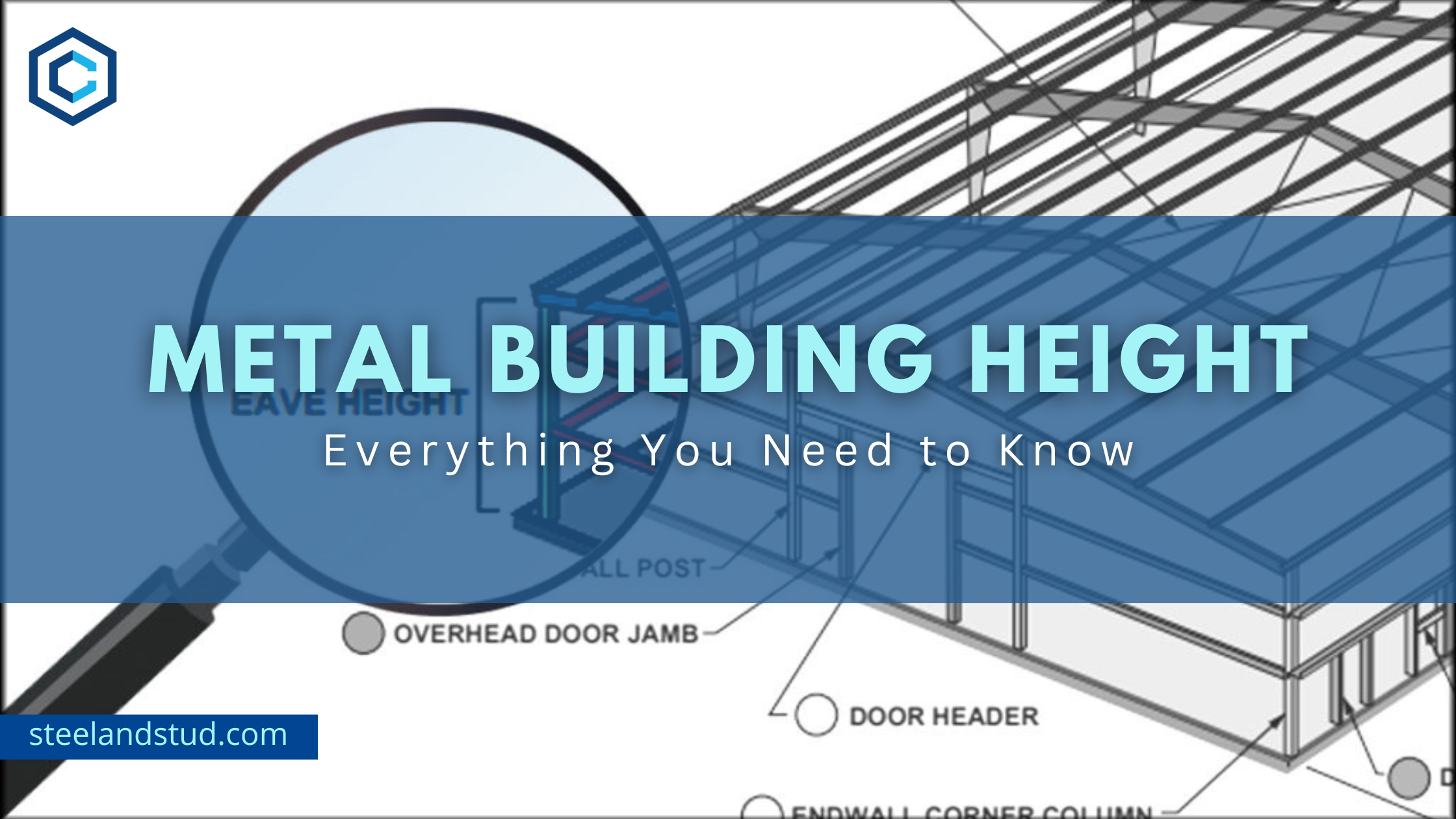
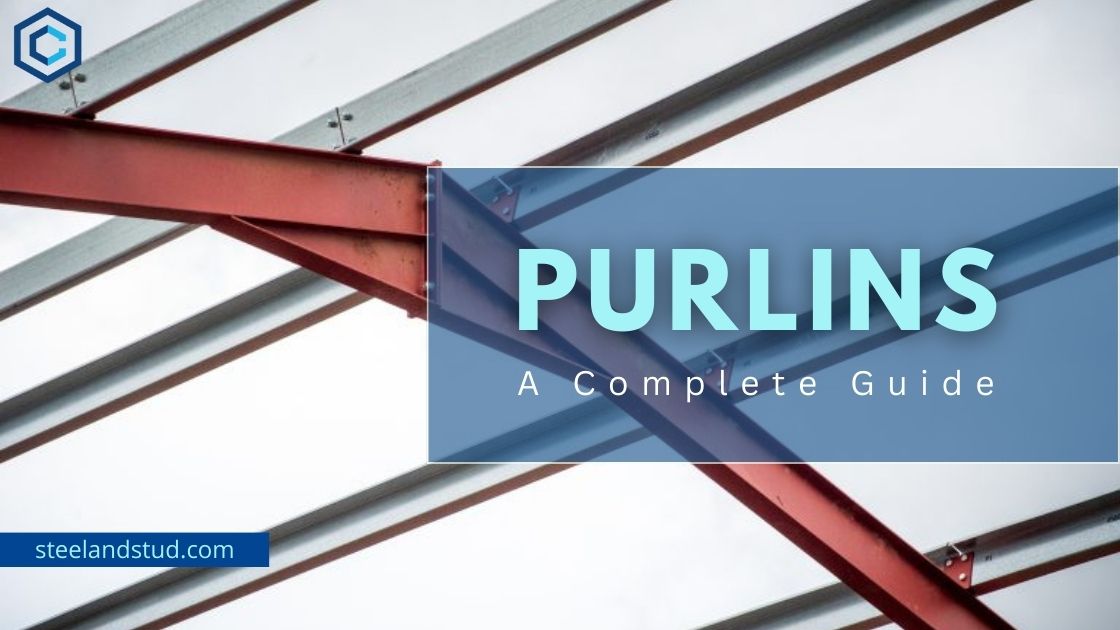
What Is A Purlin? Types, Sizes, Designs, Accessories & Cost
